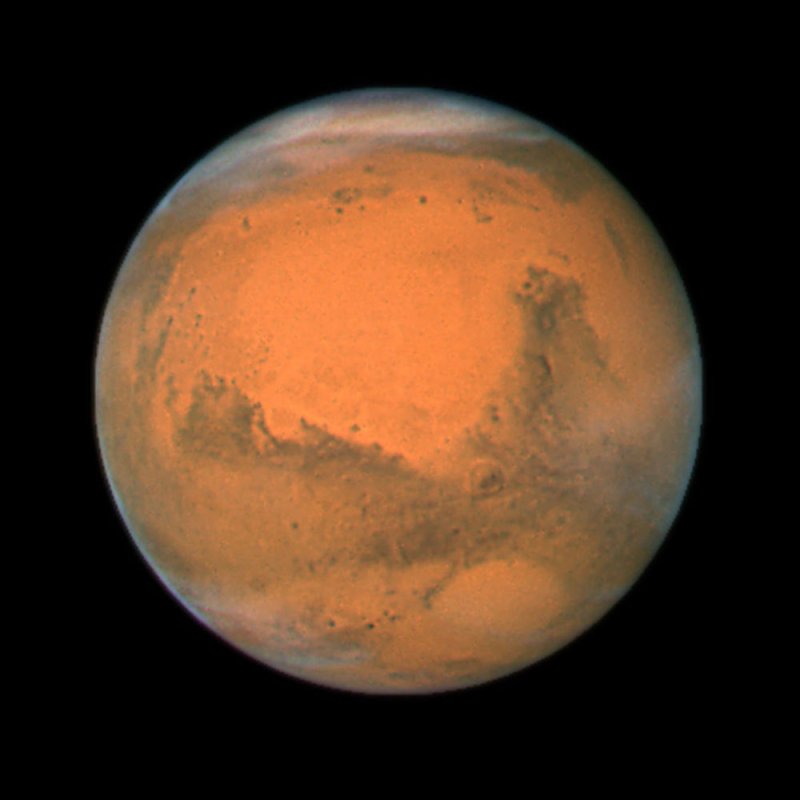ARGONNE, Ill., June 15 (UPI) -- U.S. scientists have offered a new theory as to why no organic compounds such as proteins have been found in martian soil.
"There may be no 'safe haven' for these organic molecules on Mars," said Ilya Shkrob, Sergey Chemerisov and Timothy Marin, from the Argonne National Laboratory and Benedictine University in Illinois.















